
Adhesive and laminate machines
How does laminating adhesive work?
Today, many coating methods are available and can be used depending on the nature of the adhesive. As a rule, four basic categories of laminating adhesive are commonly used:
- Water based
- Solvent based
- Solventless (100% solids)
- Hot melt
Each category has a huge variety of formulation possibilities and applicable base polymers. The nature of the film substrate, the nature of the laminating process employed, and the final physical properties wanted will define the specific formulations. …
In the laminating process, plenty of materials can be laminated, such as: rubber, foam, composite, cardboard, felt, fabric, PVC, carpet, carbon, etc.
Which processes for which applications?
Our machines can be used for rolls and sheets and equipped with several optional equipment on request: heated toll, hot welding system, in line slitting, transversal cutting, automatic cross cuter for sheet, stacking system, etc.
1. Laminating
In general, a lamination line comprises 3 main items: the film unwinders and winders, the adhesive coater, and the laminator. Several laminating processes that can be adapted to production are available. Processes differ by how the adhesive is applied and converted from a liquid to a solid. Usually, those processes are classified as either dry or wet lamination. At Suteau-Anver, we commonly use dry laminating process in our lamination machine. With this technique, the adhesive is already placed over a silicon paper for example. The adhesive can be applied to one substrate (the least absorbent) and dried or it can be applied as a hot melt type of film. Then the bonding is achieved during a high pressure exerted by cylinders to produce a really strong lamination.
The goal of the lamination is to improve the properties and also the appearance of the materials (foam, rubber, composite, cardboard, carbon, etc.). The type of adhesive employed is dictated by the end use of the products.
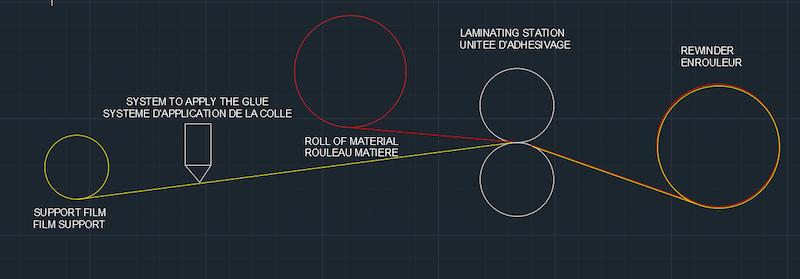
2. Complexing
Complexing involves using a technical adhesive to bond two (or more) strips of a flexible or a rigid backing material together. Like for the laminating process, the adhesive is applied to the least absorbent strip which is bonded to the second strip by high pressure exerted by cylinders to produce a really strong assembly.
The goal of complexing is to improve barrier properties and the appearance of the strips. As previously, the type of adhesive employed is dictated by the end use of the products.
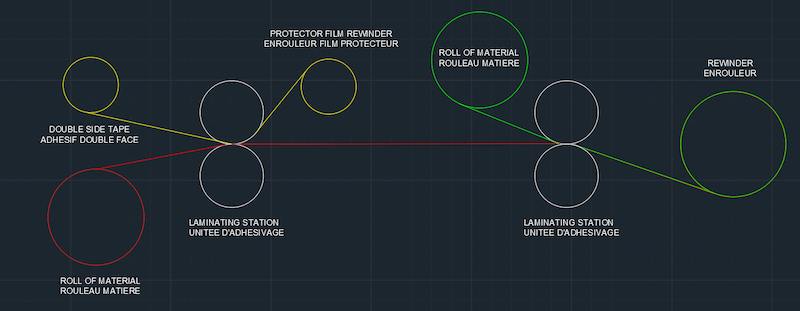
3. Adhesive coating
Adhesive coating is a simple process. The goal is to apply an adhesive with a protector to a material, in order to turn this non-adhesive material into an adhesive material. The adhesive can be applied on one or both sides of the material. The main benefit of this technique is to form the final product with the combination of the material and the adhesive.
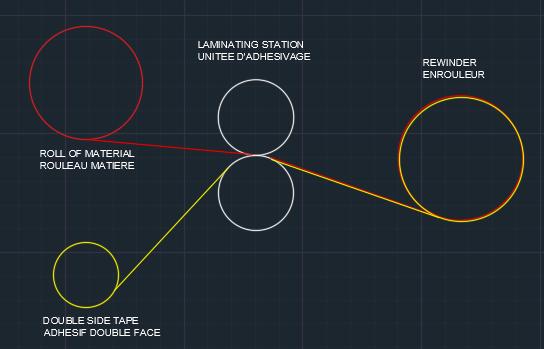
4. Welding machine
With this kind of process, the additional glue isn’t needed. Both materials are fixed together by welding.
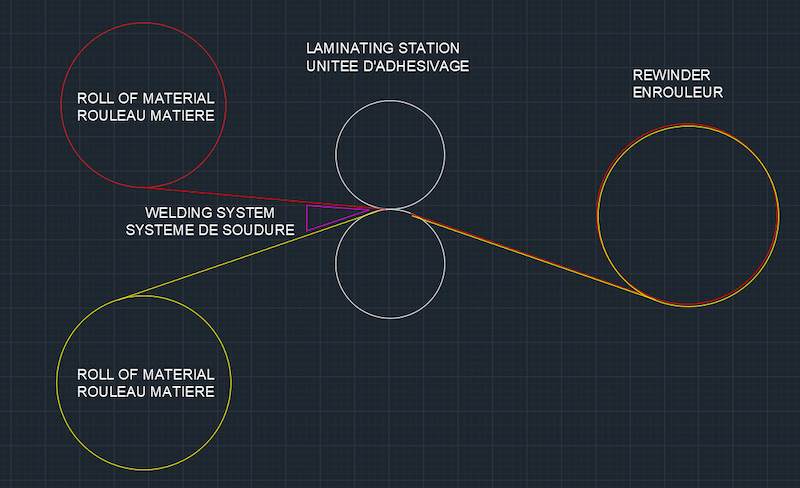

Laminating & Complexing / Laminating & Complexing (flooring) /
Laminating machine with hot air for PE sheets
See more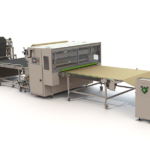
Laminating & Complexing / Laminating & Complexing (flooring) /
Laminating machine for rolls and sheets
See more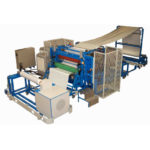
Laminating & Complexing / Laminating & Complexing (flooring) /
